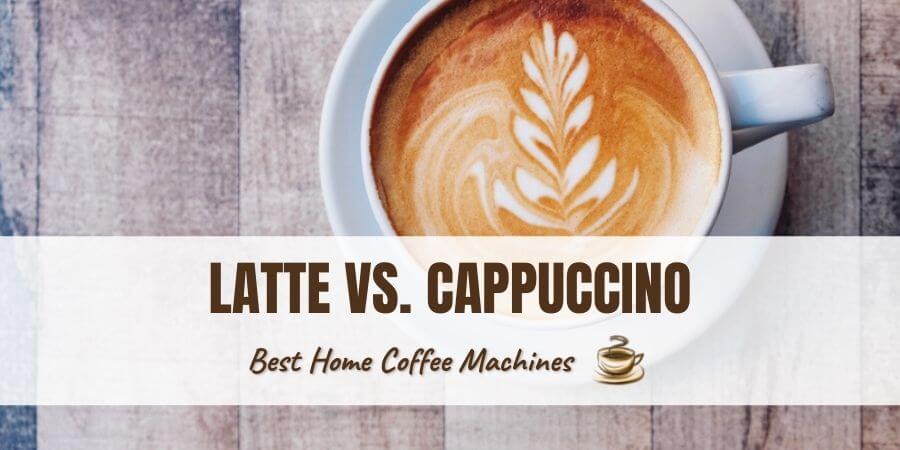Latte Vs. Cappuccino: What’s The Difference?
To the casual coffee drinker, all milky espressos are equal and the latte vs. cappuccino debate is no big deal. They’re creamy, strong coffees with fancy names, and therefore, it doesn’t matter which one you order, right? Wrong.
While lattes and cappuccinos are made of the same ingredients, and by similar methods, you’ll have significantly different experiences when you indulge in them. This java face-off will explain why.
So, grab a cup, and let’s dive right in, starting with how to identify each one.
What is in a Cappuccino?
Back in the 1700s, Viennese cafes offered a distinct drink called the Kapuziner — described as coffee with milk and sugar added. Later on, in the early 1800s, Kapuziners were noted to contain spices, typically cinnamon. These caffeinated treats are the true origins of the cappuccino.
Of course, cappuccinos, as we know them today, are quite different — and we can thank Italians for that. With the advent of the espresso machine, Italian baristas improved upon the Kapuziner, renamed it, and the rest is history.
This classic coffee is made by layering equal amounts of espresso, steamed milk, and foam. That said, many countries have their own customs pertaining to cappuccinos — so what you order depends on where you are.
In Brazil, for example, this beverage includes cacao powder or cinnamon. The Portuguese are partial to caramelized milk. And, some regions pour cappuccinos over ice, while others top it off with a dollop of whipped cream.
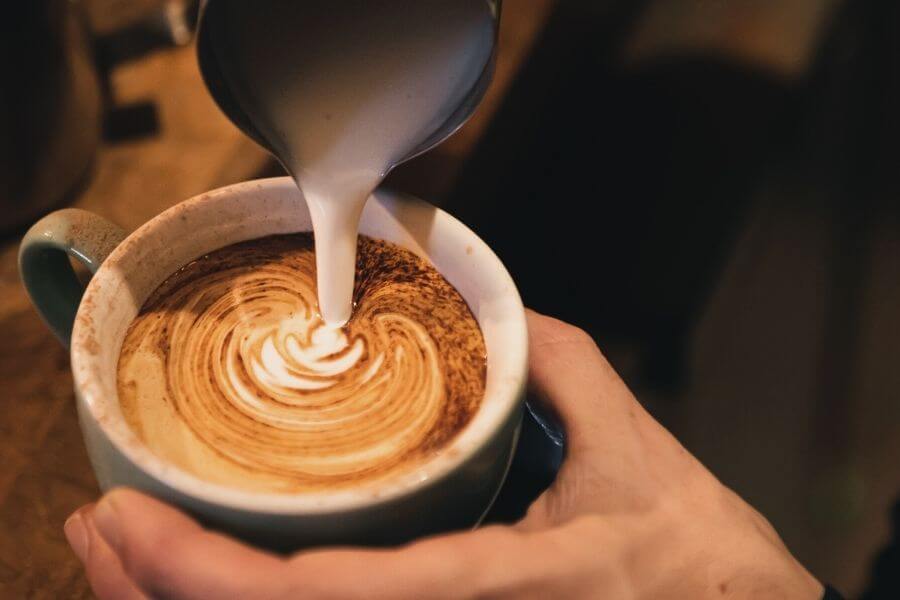
What is a Latte Coffee?
There’s a rumor going around that the cafe latte came to be because Americans visiting Italy — unaccustomed to the strength and bitterness of Italian espresso — frequently requested milk to soften it.
It’s unclear when, exactly, cafe lattes came to be, yet one thing we know for sure — Seattle’s coffee culture is what popularized it in the 1980s. Baristas of this era were the first to decorate lattes with art, in essence reinventing the latte as a whole.
Lattes are made similarly to cappuccinos, with espresso, steamed milk, and foam to top it off. However, these components are distributed in different volumes.
Fun fact: If you ever travel to Italy and hope for a latte, be sure to explicitly order a cafe latte — unless you don’t mind receiving a cup of plain milk. Latte is literally translated as milk. Don’t forget to request the coffee with it!
The Latte and Cappuccino Difference
You must be wondering: if these two contain the same ingredients, what’s the difference between a latte and cappuccino? That’s an excellent question — and the answer is more complicated than you’d expect.
Distribution of Ingredients
Lattes and cappuccinos may have the same components, but it’s how they’re used that matters. The biggest difference between latte and cappuccino drinks is the coffee-milk-foam ratio.
The cuppaccino ratio uses equal parts of these ingredients, giving them a neat 1:1:1 ratio. Lattes, on the other hand, use one-third espresso and two-thirds coffee, with a thin layer of foam for character.
Consistencies Vary
Although both the latte and the cappuccino are layered drinks, they’re technically brewed differently.
When making a cappuccino, your barista will start with either a single or double shot of espresso — whichever you prefer — then pour steamed milk on top of it, followed by a thick layer of foam.
By comparison, lattes are poured in such a way that the steamed milk blends with espresso, and the foam is added as a finish. Because of this, cappuccinos are best described as dense and smooth, while lattes are, as you’d expect, creamy.
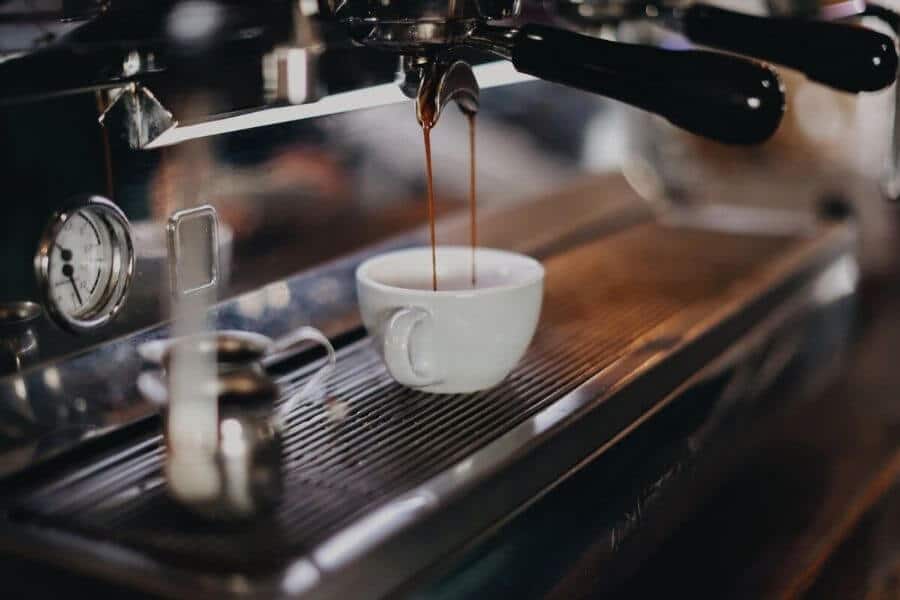
Strength and Flavor
The coffee-milk-foam ratio affects your taste experience too. Since cappuccinos consist of equal parts, the espresso is less diluted, so the coffee flavor is more pronounced.
Lattes are a perfect way to enjoy espresso without feeling the jitters — and they’re easier on your palate too. They’re mostly steamed milk, so while they will wake you up, they’re closer to a coffee milkshake than a caffeine shot.
Fun Fact: Technically speaking, there is no difference in latte vs cappuccino caffeine content. They’re both espresso drinks, and, therefore, equal in strength. However, since cappuccinos typically use more coffee to begin with, you’re bound to get more of a buzz.
Cultural Norms
Cappuccinos and lattes can be found almost anywhere you go, but how they’re enjoyed varies by culture and country. American coffee culture has come to define these two drinks, but outside of US borders, you may be surprised to find that they have even more differences.
As I mentioned earlier, many people add spice and cream to their cappuccinos to give it that extra je nais se quois. The reverse seems true in the US, where lattes are often dressed up, cooled down, and decorated — often to an almost gimmicky effect.
In Italy, cappuccinos are considered a breakfast drink. It’s uncommon to enjoy them after midday or with meals. Lattes are rare in Italian cafes. They’re seen as a comfort drink to be enjoyed at home.
Cappuccino vs. Latte: Which Is Healthier?
Caffeine has several potential health benefits when consumed in moderation, so there’s no need to shy away from either lattes or cappuccinos if you’re looking to live well. Since they contain similar amounts of caffeine, it’s a toss-up in this regard.
Speaking of caffeine, it’s worth noting that milky coffees are best enjoyed in the evening as they’re less likely to keep you awake. In this respect, lattes are the winner.
Standard lattes contain more calories, protein, and fat thanks to the high milk-coffee ratio. Hence, you might prefer the cappuccino if you’re watching your waistline, but lattes have a higher nutritional value.
That said, there is no straightforward answer here. How healthy a cappuccino, latte, or even regular cup of coffee is, depends entirely on you and your preferences, including how much joe you’re drinking, and whether or not you sweeten it.
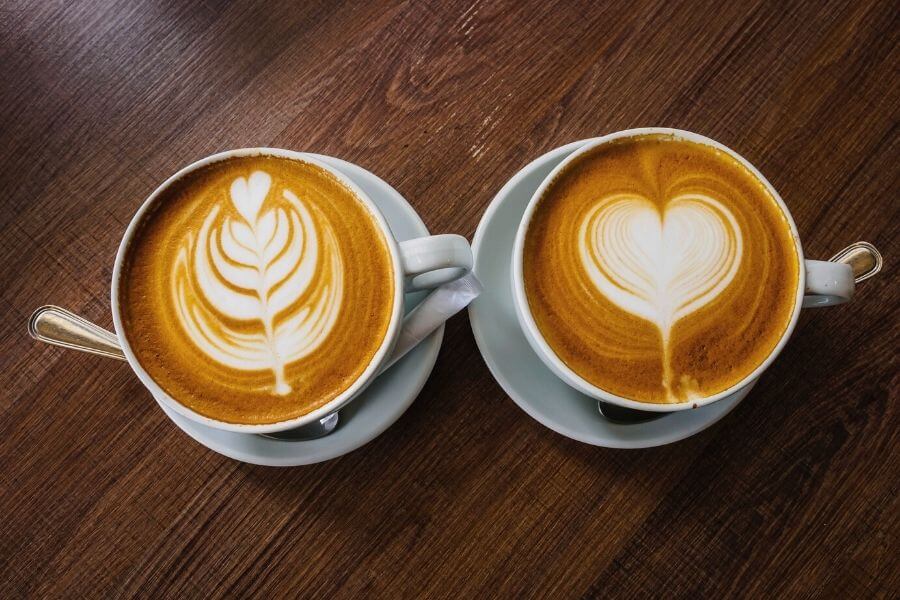
What About Dairy-Free Alternatives?
Dairy-free lattes and cappuccinos may seem like the healthiest choice, but they’re deceptive. Yes, they’re lower in calories and saturated fats, and if you’re looking for extra nutrients, there are a ton of fortified products to choose from. But plant-based milk may not be much better than dairy drinks.
Plant-based dairy alternatives don’t have as many nutrients as dairy milk. They often include filler ingredients — including flavorants and texturizers that may not be great for your health, and sometimes contain added sugars too.
Tip: Soy milk comes closest to dairy milk in terms of nutritional value, but it’s not your best option if you want latte art. Rather go for oat or almond milk, both of which can be steamed and frothed to an effect similar to dairy.
Latte or Cappuccino: Which Should You Order?
In the left corner, we have the practically all-American, cozy, nutritional latte. On the right, the cappuccino — customary as a delectable caffeine boost.
Which one wins our latte vs. cappuccino match-up?
Neither, unfortunately. It’s uncommon for our comparisons to end in a draw, but this time the playing field truly is even. Their ingredients and caffeine content are exactly the same, while the variations we can compare are entirely subjective.
Think of cappuccinos and lattes as cousins rather than rivals. When next you visit a cafe, order the one that appeals to you most. Lattes are best if you’d like a creamy, milky treat, while cappuccinos dominate if you favor stronger espresso without the bitter bite.
Hey, no matter which one you pick, latte vs. cappuccino, you’ll be served really good coffee — so you win either way!
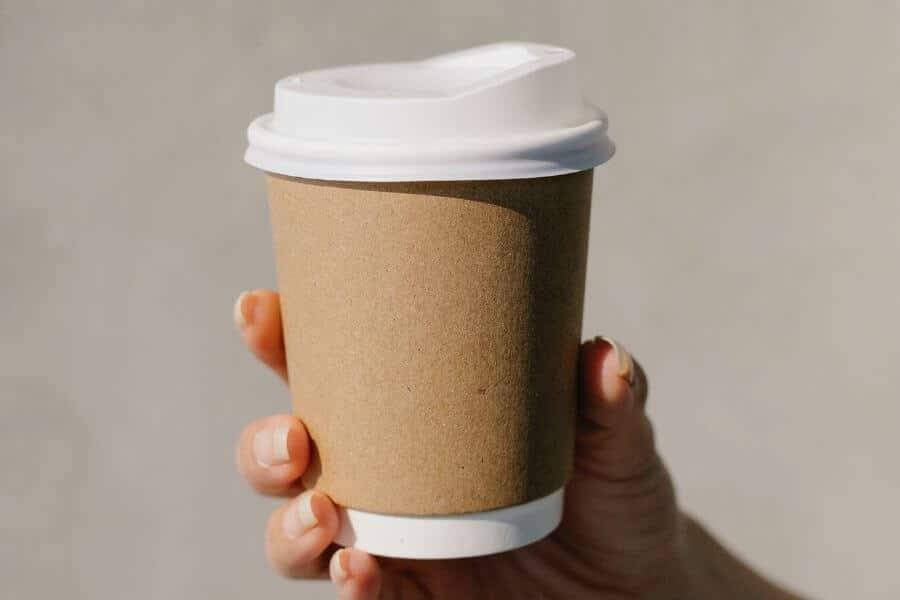
Latte vs. Cappuccino FAQs
Which is Stronger? Cappuccino or Latte?
It depends on how you define ‘strong’. If we’re talking kick, then neither. Cappuccinos and lattes are both made with espresso, meaning their caffeine content is the same. Flavor is a different story, though. Cappuccinos have a far more prominent coffee taste than lattes because they contain less milk — which dilutes it.
Which is Sweeter? Cappuccino or Latte?
There are two answers here. Firstly, lattes are sweeter by default. Milk contains natural sugars, so since lattes are mostly dairy milk with a dash of espresso blended in, you’re bound to pick up on some creamy, malty hints. Secondly, it depends on how much sweetener you add! Cappuccinos may have a harsher flavor, but it’s nothing a teaspoon or two of sugar can’t fix.
What is a Macchiato vs Latte vs Cappuccino?
The key difference between a macchiato, latte, and cappuccino is how much milk you’re adding to dilute the espresso:
- Lattes — 90 percent milk, 10 percent coffee.
- Cappuccinos — 50 percent coffee, 50 percent milk.
- Macchiatos — a reverse latte of sorts — 90 percent coffee, 10 percent milk.
If you want to learn more about milky coffee drinks — and what sets them apart — check out our Macchiato vs. Latte, and Flat White vs. Latte match-ups.
Vegan Latte vs Vegan Cappuccino Which Is Better?
A dairy-free latte is still, technically, a latte and the same can be said for a cappuccino. Therefore, the same considerations apply, and there is no clear winner. It all comes down to your preferences. The only difference is that, in this case, the type of dairy-free milk you use may alter the flavor and texture of each.
Can You Make a Cappuccino or Latte at Home?
You sure can, but you’ll need the right tools. Since cappuccinos and lattes are made with espresso, you’ll need a reliable home espresso machine to start. Most of these coffee makers have steam wands built in, but you’ll need a milk frother to achieve the layers of foam you’re looking for. Once you’ve got all your equipment, it’s only a matter of practice.

